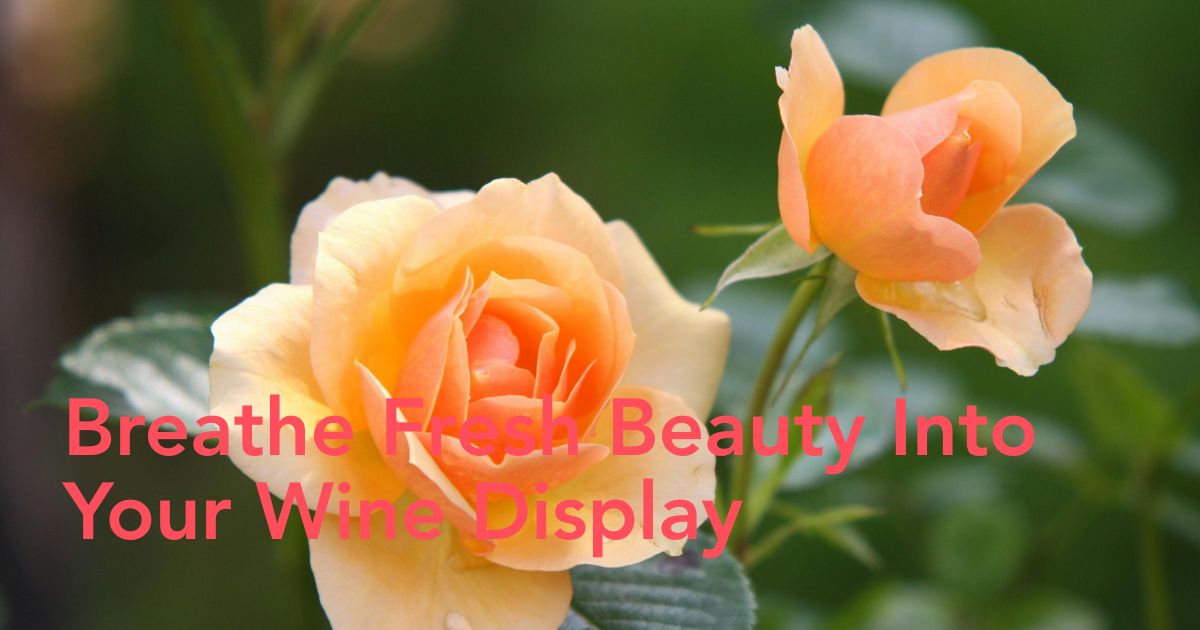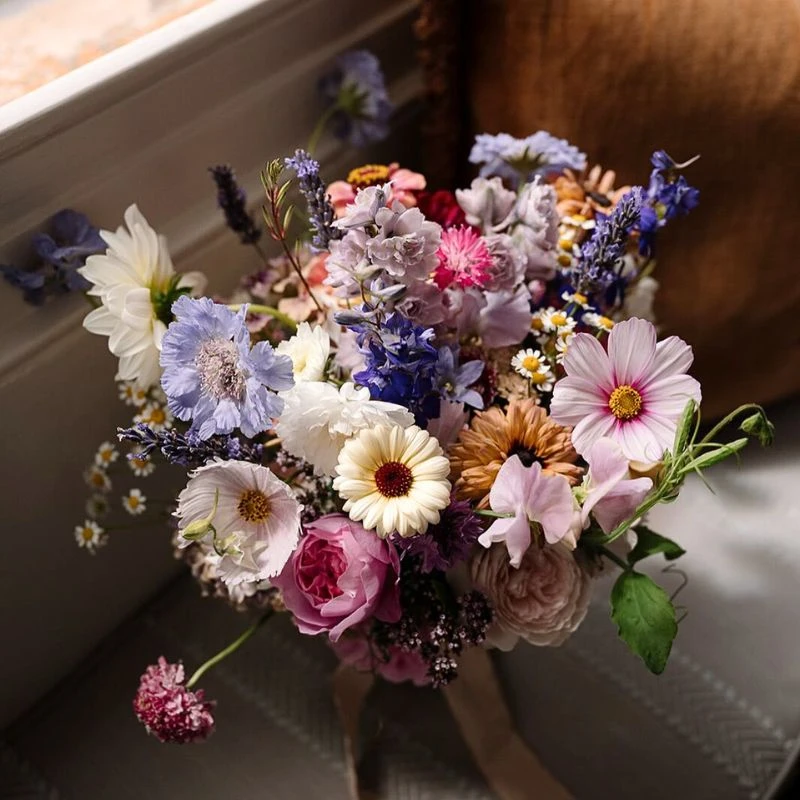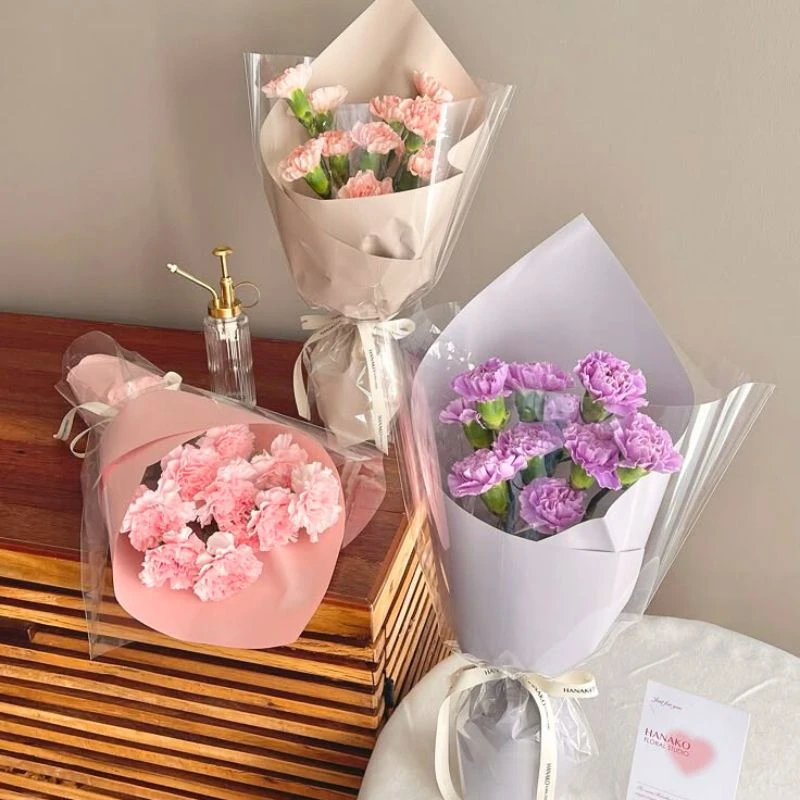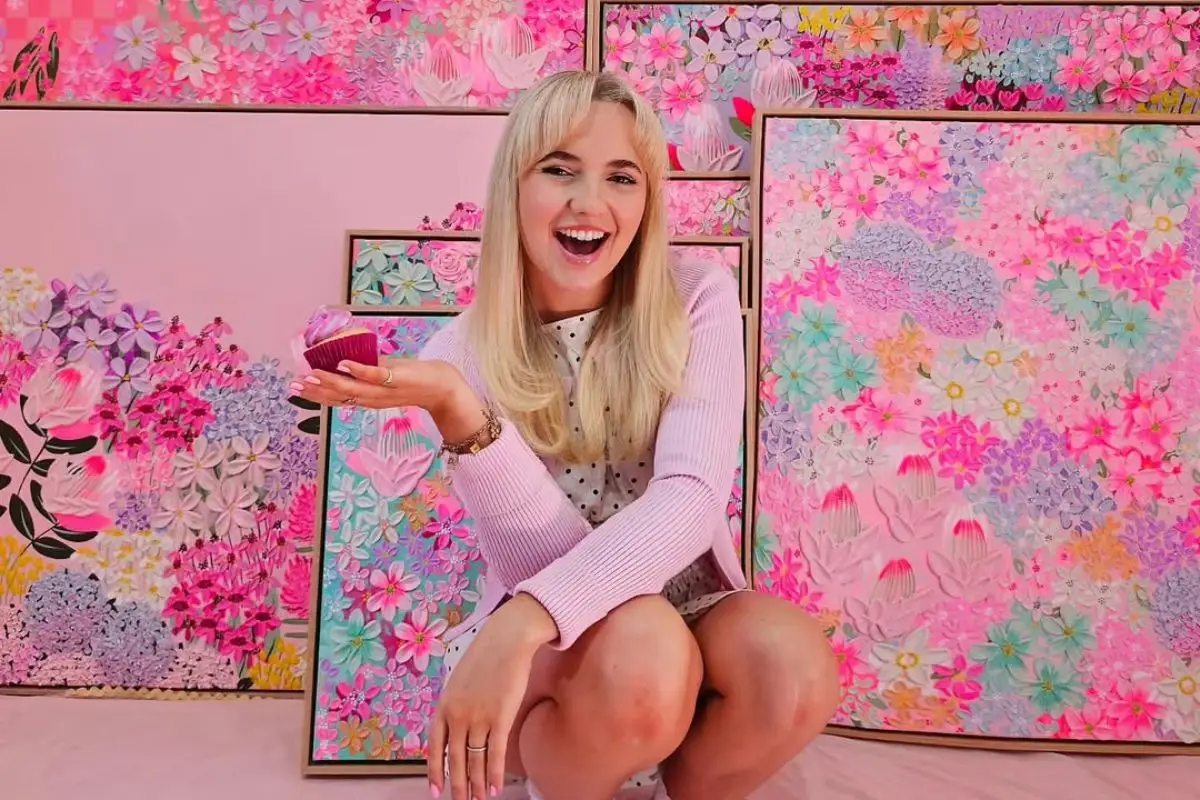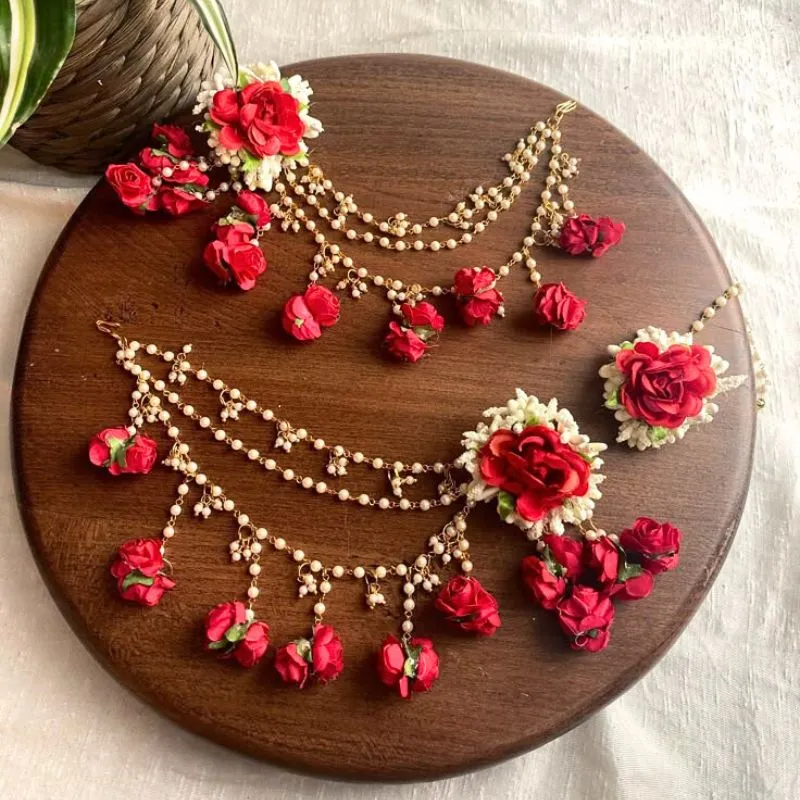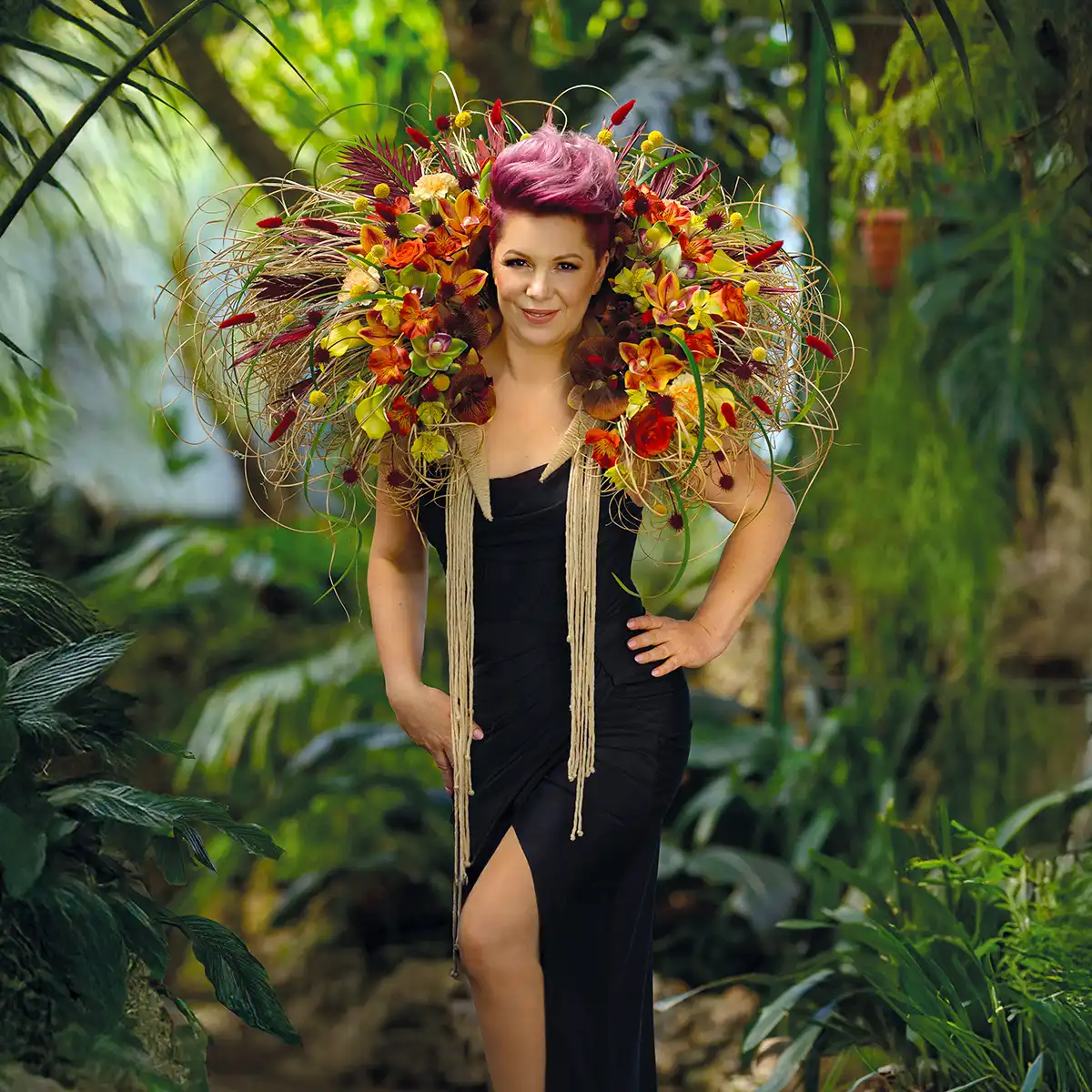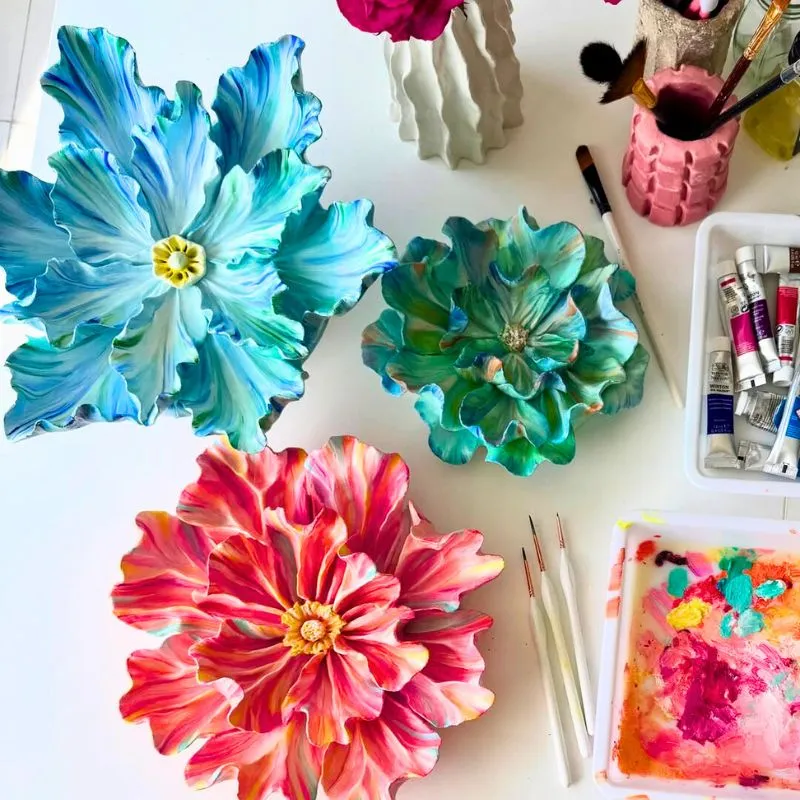Ever walked past your wine rack and thought, “It’s missing something… a little soul, perhaps?” You are not alone. There is a quiet ache among collectors and aesthetes alike - the desire to make a static structure feel alive without turning it into a florist’s accident.
Goal: Add life and color to your wine rack without hurting your wine’s quality.
This guide focuses on easy, attractive, and wine-safe decorating steps anyone can follow - whether your rack lives in a dining room, kitchen, or cellar.
You can find more knowledge here: Best Dorm-Friendly Plants That Require Minimal Care and Space
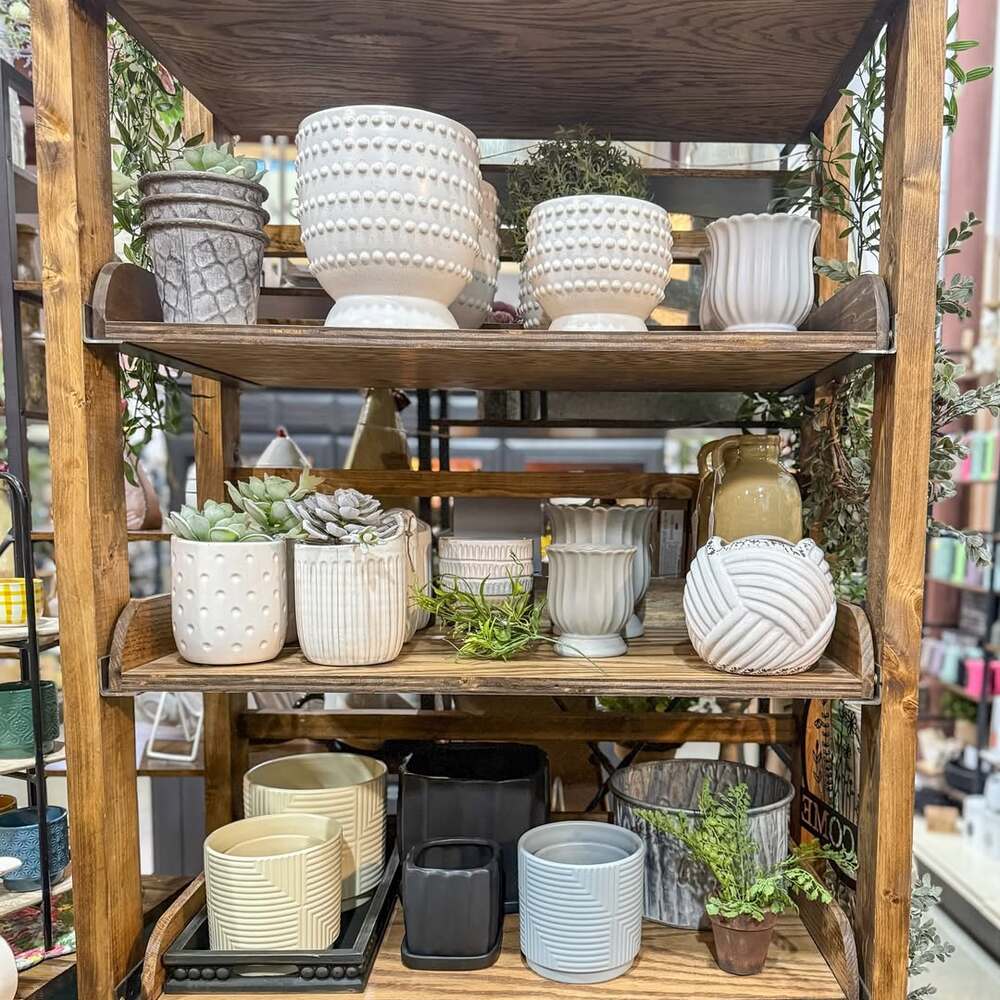
Ideal Wine Rack Placement for Temperature, Light, and Flower Compatibility
Imagine you have just styled the perfect arrangement - roses draped like velvet across oak, light spilling through petals like stained glass - and then, a month later, your favorite vintage tastes like sunburned grapes.
According to WCHQ, wine must be stored away from direct sunlight, fluctuating temperatures, and excessive humidity. Even a few afternoons above 20°C (68°F) can flatten complexity faster than a cork left ajar.
- Avoid heat and direct sunlight.
- Wine spoils above 20°C (68°F) or in direct light.
- Flowers need gentle brightness - aim for soft, indirect light.
- Best spot: a north-facing wall or interior corner with filtered light.
- Add safe lighting.
- Use LED strips under 5W per meter on timed dimmers.
- Avoid halogen or incandescent bulbs - they add heat.
- Keep your rack cool and stable.
- Stay 1.5 m from cooking zones and 1 m from heaters.
- Place a digital hygrometer (±2% accuracy, £15–£25) behind the rack to monitor humidity.
- Use stable surfaces.
- Set your display on matte marble (12 mm) or distressed oak (30–40 mm) for both looks and vibration control.
Takeaway: Pick a cool, shaded corner with gentle light and no temperature swings. Your flowers and wine will both thank you.

Choosing Flowers That Reflect Wine Personality and Mood
Ask yourself: If your favorite wine were a person, what flowers would it choose for company? A brooding Syrah in a turtleneck would lean toward amaranthus (20-30 cm spikes) and dark calla lilies (50 cm stems) - textures that whisper old leather and low jazz. Meanwhile, a flirty rosé would scatter ranunculus (4 cm blossoms) and eucalyptus leaves like confetti after a Saint-Tropez brunch.
Think of each bottle’s “mood,” then choose flowers that echo it.
|
Wine Type |
Floral Pairing |
Vibe |
|---|---|---|
|
Syrah, Malbec |
Amaranthus (20–30 cm), dark calla lilies (50 cm) |
Rich, dramatic, “old leather and jazz” |
|
Rosé |
Ranunculus (4 cm blooms), eucalyptus leaves |
Bright, playful, summer brunch energy |
|
Cabernet, Rioja |
Burgundy peonies (6–8 cm), trailing jasmine (60 cm) |
Romantic, full-bodied, candlelight feel |
|
Sauvignon Blanc, Riesling |
Cream orchids, lunaria pods, pale hydrangeas |
Crisp, clean, minimalist |
Scent control:
- Avoid strong-smelling blooms near wine.
- Use small muslin sachets (5×5 cm) of dried lavender or rosemary for a subtle fragrance.
Design by origin:
- Match flowers to the bottle’s region:
- French wines → Provence lavender
- Italian reds → Wild thyme
- South African blends → Native protea
Takeaway: Treat your floral choices like a sommelier’s pairing - each one should express the character of the wine, not compete with it.
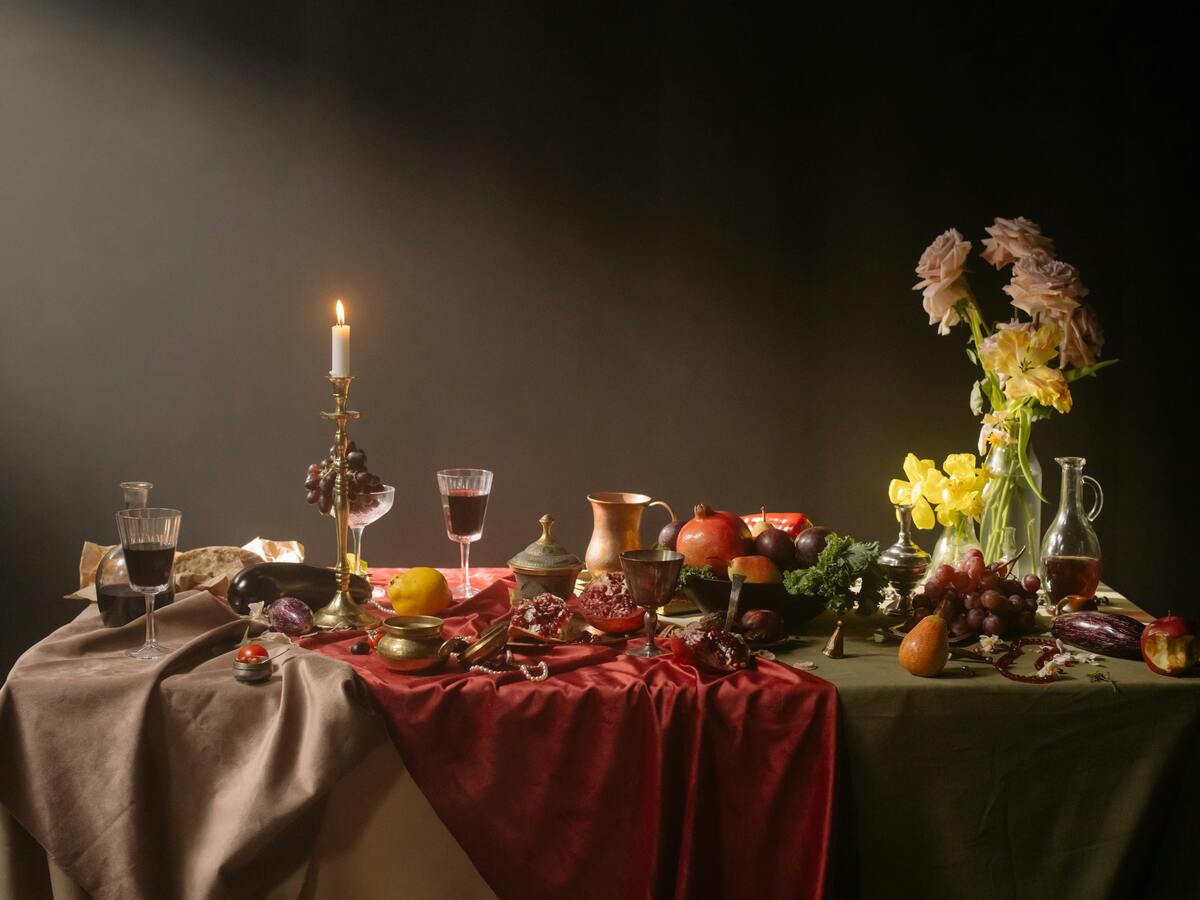
Coordinating Materials and Textures for Natural Design Harmony
- Metal racks:
- It can look cold or sterile.
- Soften with rattan vases (8–10 cm), trailing ferns, or asparagus fern.
- Wooden racks:
- Complement with tall, structured blooms like delphinium (80–100 cm) or gladiolus (source).
- Add contrast with pampas grass (60 cm) or airy greens.
- Glass or acrylic racks:
- Keep it minimalist.
- Use 10–15 mL test tubes or 10 mm micro-tubes for hidden hydration.
- Create “floating” stems with clear suction cups or invisible wire.
- Preserved or silk flowers:
- Choose UV-resistant or glycerin-treated varieties (last 6–12 months).
- Dust gently using compressed air (30 psi).
Takeaway: Use contrast to create balance - pair sleek materials with organic softness, or structured wood with airy florals.
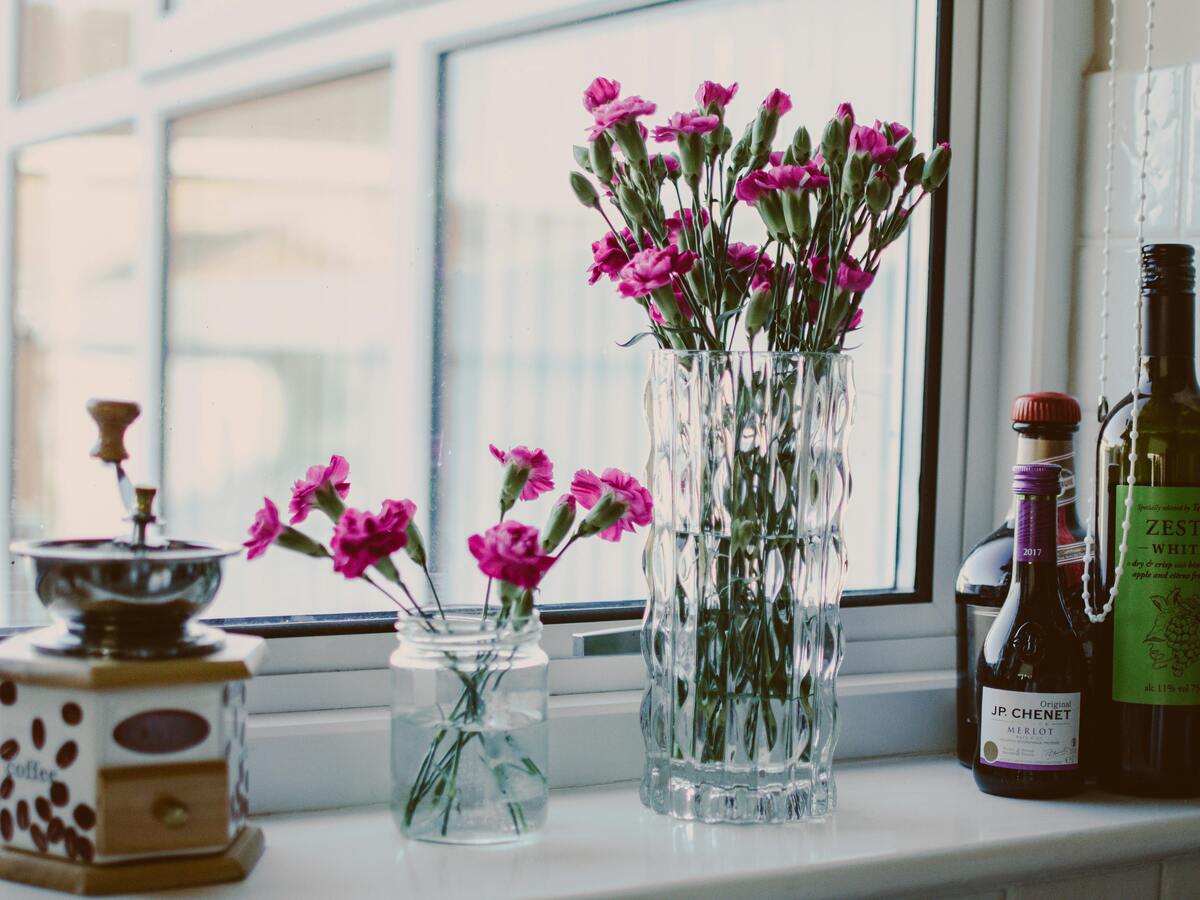
Positioning Flowers Without Blocking Wine Labels or Access
You would not block a painting with its frame - so why hide your labels behind petals?
- Use “quiet zones.”
- Decorate shelves or sections with bottles you don’t move often.
- Add greenery strategically.
- Horizontal racks: Drape string-of-pearls or ivy along the outer rails.
- Vertical racks: Secure light vines with 24-gauge coated floral wire (30 cm) near the top edge.
- Hide hydration tools.
- Tuck 8×8 cm moss wraps or floral foam cages behind bottles.
- For hanging blooms, use 0.2 mm nylon wire to “float” them.
- Keep it asymmetrical.
- Use the “triangle rule”: two small clusters + one main focal bloom.
- Resist over-decorating - one accent stem often has more impact.
Takeaway: Think in frames, not fences. Your arrangement should highlight your bottles, not cover them.
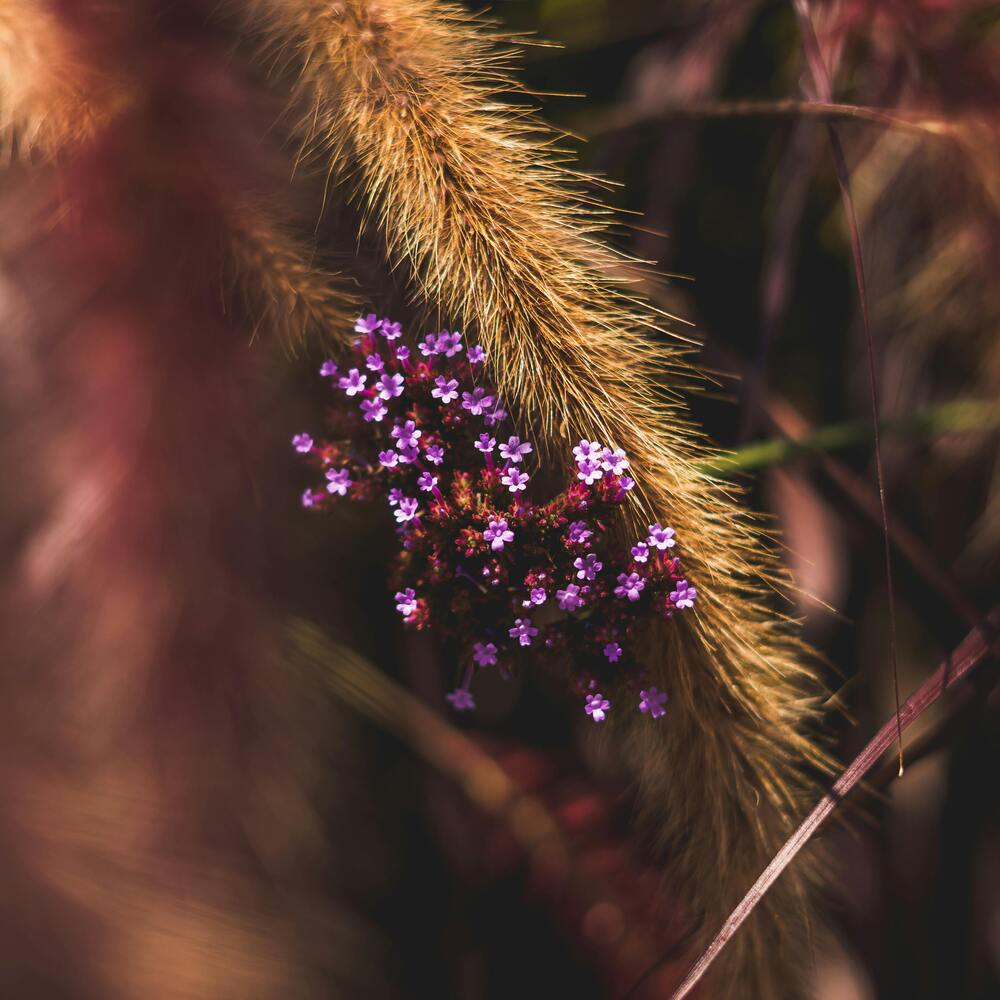
Mixing Fresh and Dried Flowers for Year-Round Aesthetic Balance
Picture this: spring bursts into tulips, summer hums with zinnias, autumn sighs in burnt hydrangea, winter whispers pine. The trick? Keep the melody going while changing the instruments.
|
Season |
Recommended Blooms |
Tips |
|---|---|---|
|
Spring |
Parrot tulips, daffodils |
Add color early, replace weekly |
|
Summer |
Waxflowers, alstroemeria |
Handle heat up to 27°C (80°F) |
|
Autumn |
Dried hydrangea, preserved oak, hops |
Earthy tones, great texture |
|
Winter |
Pine, fir, white amaranthus |
Calm, minimalist mood |
Pro setup:
- Use small floral vials every 10–15 cm along the back of the rack.
- Replace wilted stems, not the whole display.
- For DIY preservation: dry petals in silica gel (10:1 ratio) to maintain color.
Takeaway: Treat seasonal refreshes like mini rituals. Small swaps keep the space fresh without constant rework.
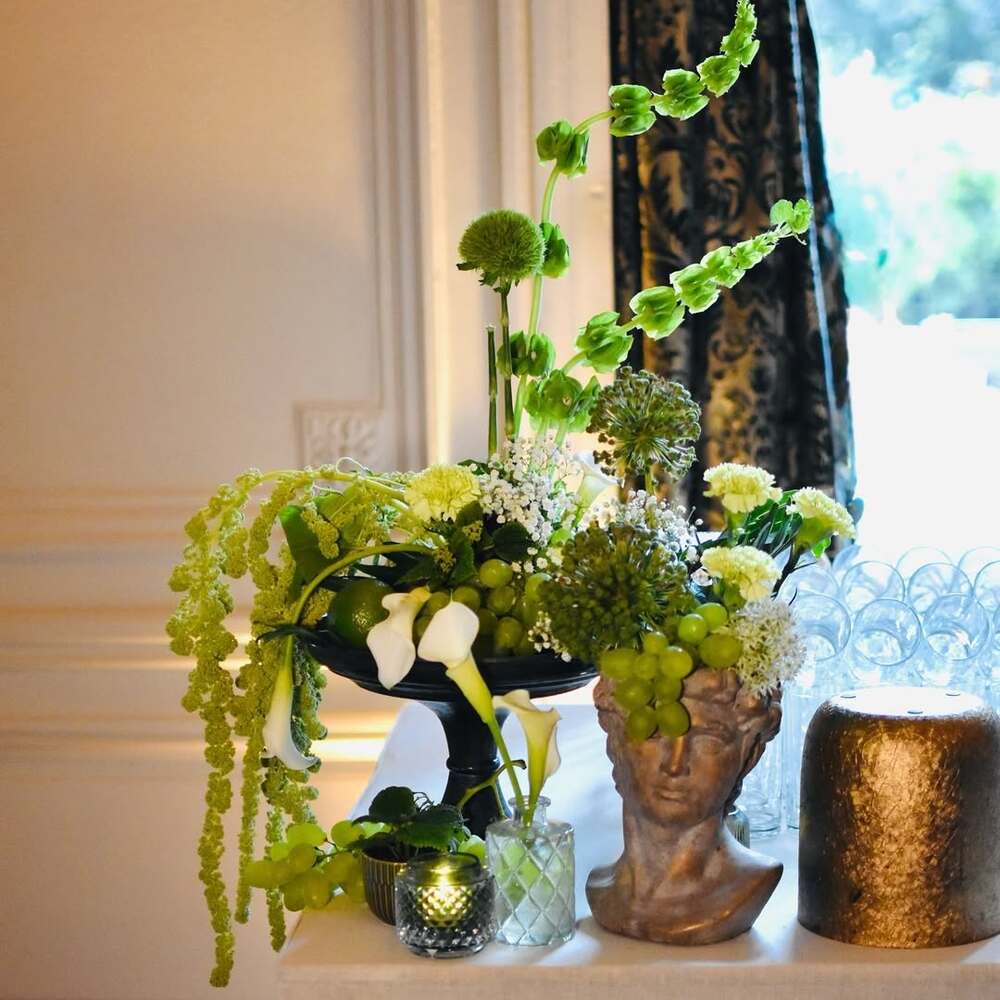
Using Led Lighting to Highlight Floral and Wine Display
Lighting is to design what oxygen is to fire - it decides how intensely beauty burns. But too much heat, and your masterpiece collapses.
- Use cool LEDs (<3000K) with 100–200 lumens per foot.
- Diffuse light behind molding or frosted panels for a soft glow.
- Add motion sensors for automatic ambient lighting.
- Never use halogen bulbs - they emit UV and heat that can fade flowers and damage corks.
- For damp rooms, install IP65-rated waterproof LEDs.
- Enhance brightness naturally with 3 mm mirrored or metallic backdrops.
Takeaway: Let your light flatter, not fry. Soft, indirect LEDs create a refined gallery effect.
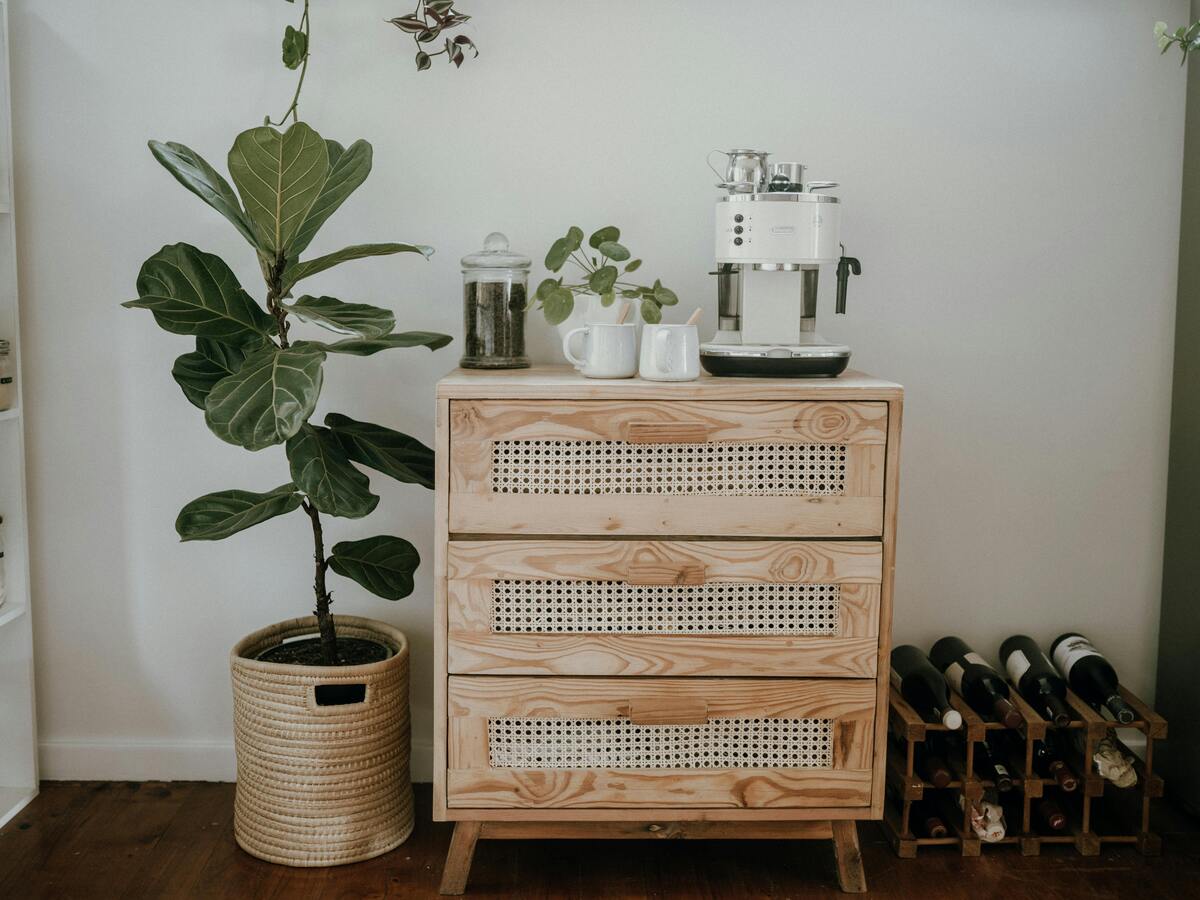
Enhancing Wine Rack Displays With Scent, Touch, and Sound
If design had a secret weapon, it would be scent. Visuals seduce, but aroma seals the memory. Yet with wine, one whiff too far, and you have sabotaged your own tasting notes.
Opt for low-volatility herbs - dried lavender, thyme, bay, cedar. Contain them in breathable sachets positioned 15-20 cm away from bottles. These aromatics linger lightly, like background dialogue in a film you cannot stop rewatching.
Introduce tactile contrast: linen ribbons (2-3 cm wide), 4 mm jute cords, or coarse grapevine wreaths near sleek glass. The mind notices contrast subconsciously - it is the design equivalent of seasoning.
(Aside) - Ever noticed how touching a rough cork after pouring a glass feels grounding? That is the sensory bridge between vineyard and table.
For an extra layer, play vineyard soundscapes - wind through vines, birdsong between 2-3 kHz. Sound, scent, and touch merge, turning a simple rack into an experience.
Takeaway - Sensory Depth: Appeal to every sense - but whisper, do not shout. That is where true sophistication lives.
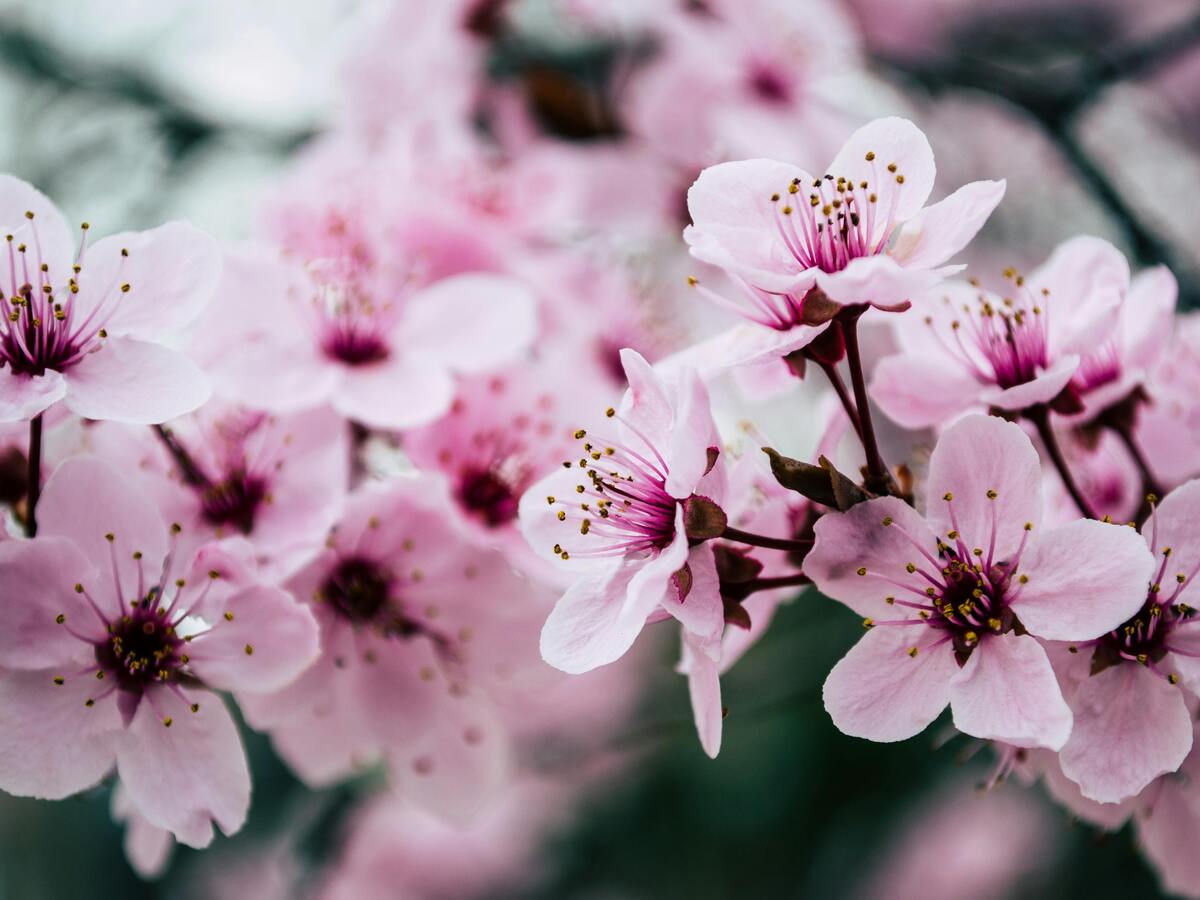
Maintaining a Flower-Decorated Wine Rack for Long-Term Beauty
Here is the truth every florist and sommelier shares: carelessness is louder than beauty. Maintenance is an invisible art.
Trim stems by 1 cm at a 45° angle every 2-3 days, replace water, and banish wilted leaves before ethylene levels hit 0.1 ppm. Protect wood racks with non-drip tubes (10-20 mL), and clean metal surfaces with 300 GSM microfiber to prevent oxidation.
Dust preserved elements using 25-30 psi compressed air or a 2 mm natural-bristle brush. Even diffused light can bleach color by 20% per month, so rotate displays quarterly like a curator protecting a canvas.
Twice a year, deep-clean with a 1:5 vinegar-water solution - a ritual as cathartic as reorganizing your library. Replace any wire ties showing rust, polish bottles, and tighten rack joints.
Vibration kills old vintages faster than neglect. Add 3 mm silicone pads under furniture legs. Yes, it is a small thing - but then again, so is oxygen, and look how much depends on that.
Takeaway - Lasting Beauty: Grace does not age - it is sustained through rhythm, respect, and micro-habits of care.

